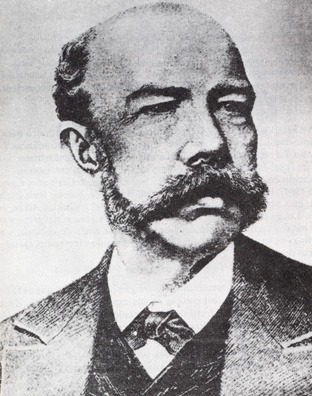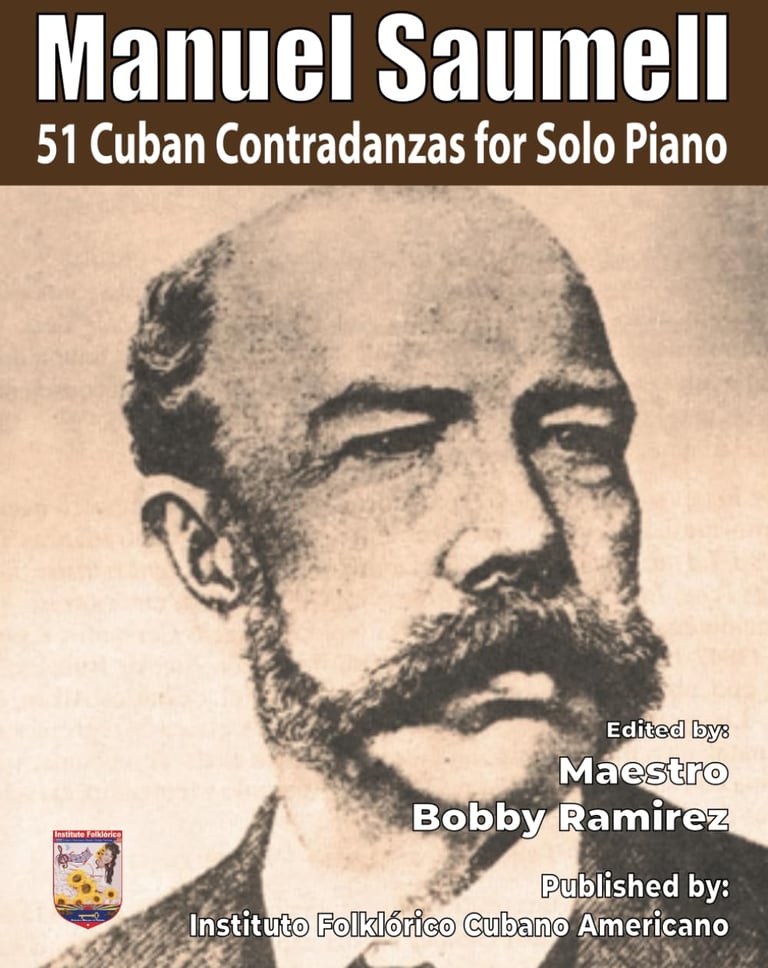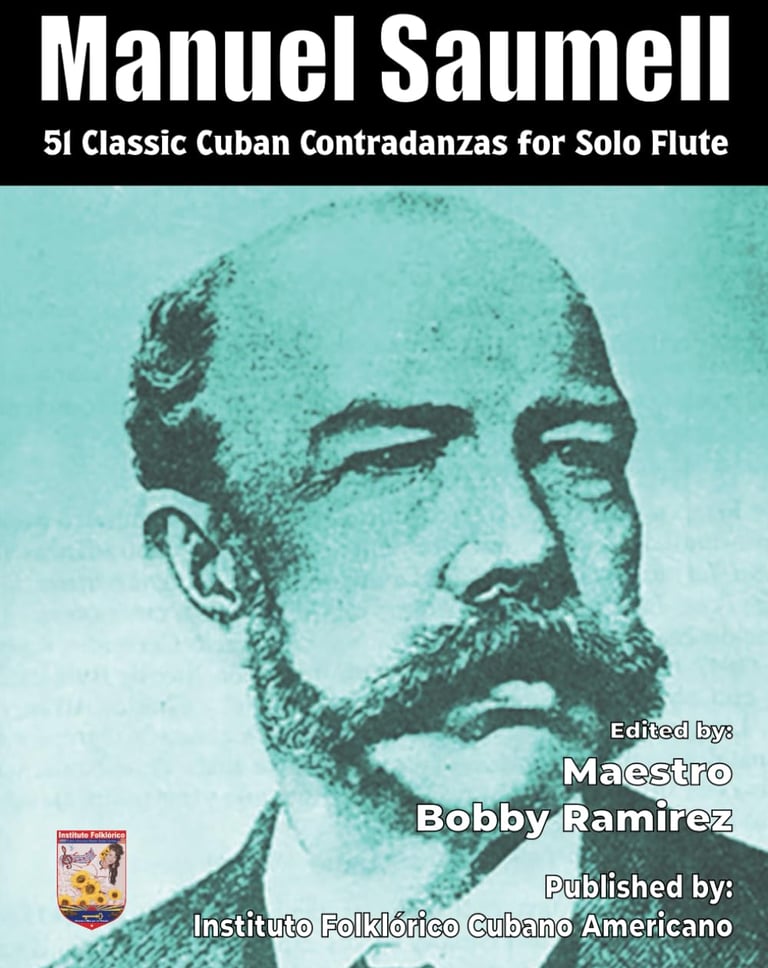Manuel Saumell: The Father of the Cuban Creole Contradanza
In the heart of 19th-century Havana, a young composer named Manuel Saumell Robredo (1818–1870) changed the course of Cuban music forever.
Maestro Ramirez Publishing
4/1/20252 min read


Manuel Saumell: The Father of the Cuban Creole Contradanza
In the heart of 19th-century Havana, a young composer named Manuel Saumell Robredo (1818–1870) changed the course of Cuban music forever. Though he lived only 52 years, Saumell’s influence continues to echo through the rhythms and melodies of Cuban and Latin American music today.
A Musical Pioneer
Saumell was a classically trained pianist and composer, but he wasn’t content to simply follow the rules of European music. While other musicians were writing polished waltzes and minuets, Saumell listened to the streets, the countryside, and the people of Cuba. He paid attention to the sounds of the African, Spanish, and native Cuban cultures blending all around him.
His greatest innovation was transforming the European contradanza—a popular ballroom dance of the time—into something uniquely Cuban. He infused it with syncopated rhythms, folk melodies, and Afro-Cuban influences. This new style became known as the Cuban Creole Contradanza, and it was unlike anything audiences had heard before.
Planting the Seeds of Danzón
Saumell’s music marked a major turning point. His contradanzas became shorter, more expressive, and rhythmically bolder. At the same time, another rhythm was rising in popularity: the habanera, a sensuous, lilting dance rhythm born in the port cities of Cuba. Together, the habanera and Saumell’s creole contradanza laid the groundwork for what would become the danzón, Cuba’s first official national dance and a precursor to modern salsa and Latin jazz.
Composers like Manuel Gottschalk, Ignacio Cervantes, and later Miguel Faílde (credited with formalizing the danzón in 1879) built directly on Saumell’s legacy. His work had carved out a space for Cuban identity in classical music, proving that Cuban rhythms deserved to be heard and celebrated on the world stage.
A Lasting Legacy
Though Manuel Saumell didn’t live to see the danzón flourish, his impact is unmistakable. He is remembered today as the father of Cuban musical nationalism, and as the first composer to give classical voice to the rhythms of the Cuban people.
Thanks to Saumell’s visionary ear, Cuban music began to tell its own story—a story rich with heritage, rhythm, and heart. Every time we hear a danzón, a cha-cha-cha, or even the pulsing rhythm of salsa, we’re also hearing a little bit of Manuel Saumell.
Maestro Ramirez Publishing
Explore our collection of captivating published works.
Contact:
© 2025. All rights reserved.
Email:




